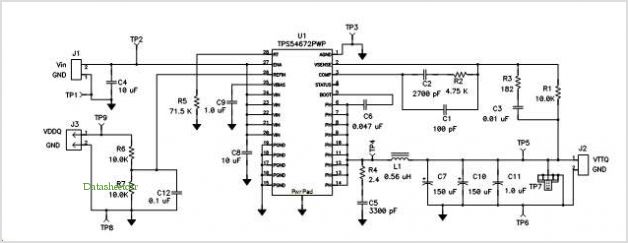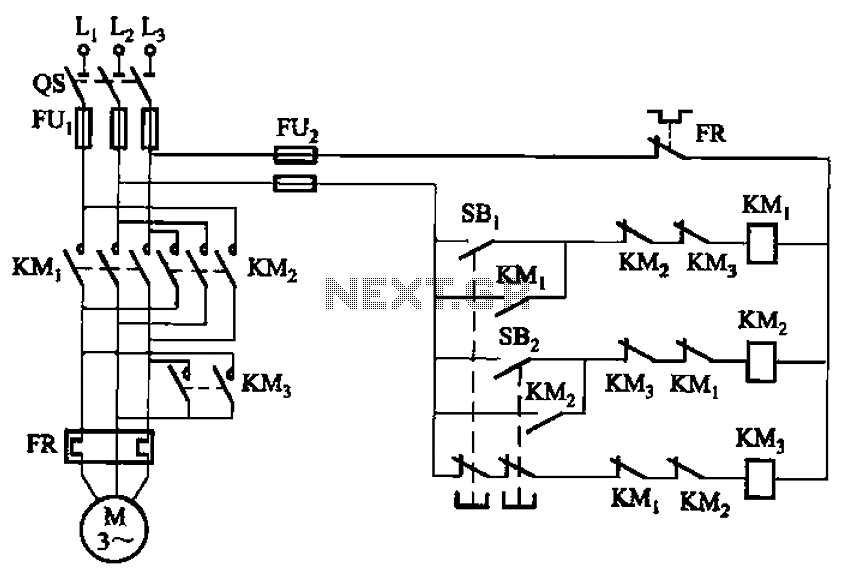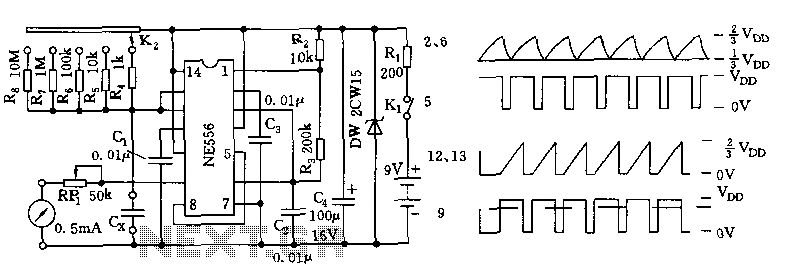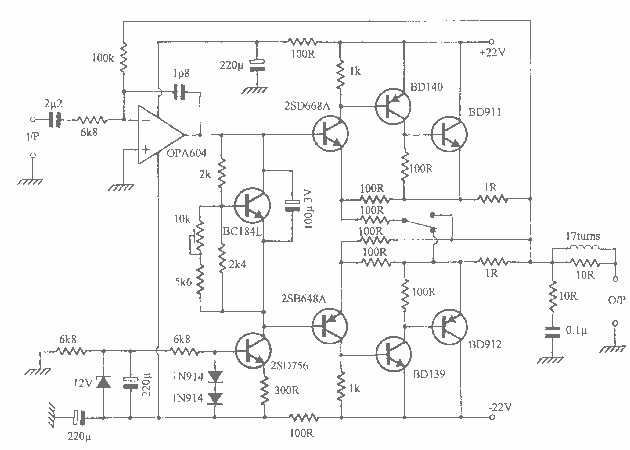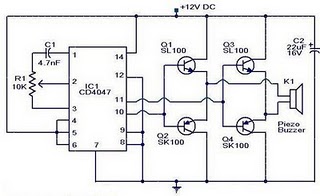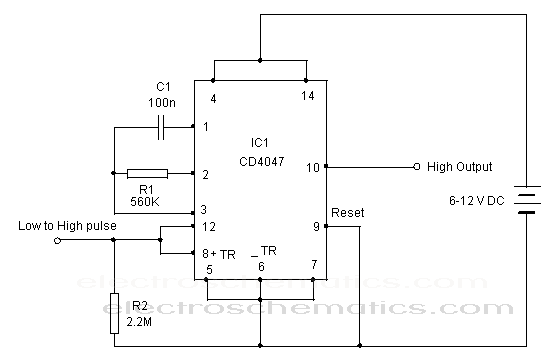
Active Antenna Circuit for 10KHz to 100MHz
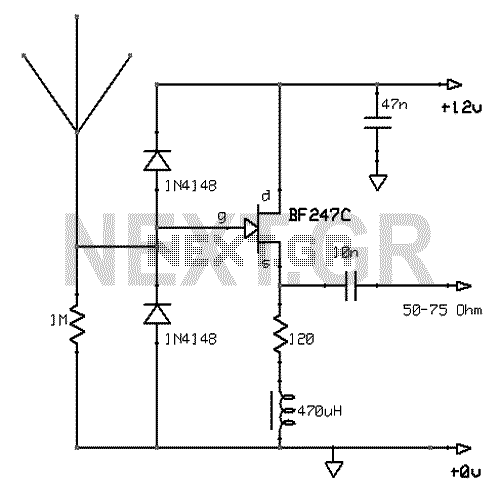
This active antenna schematic can be used to frequency range from 10 KHz to 100 MHz. The length of the Antenna can be between 0.5 to 1 meter long. The power consumption is 20-30mA. More: Use the shortest possible length of cable between the antenna and the transistor. Cable 50 or 75 Ohms is suggested, for both input and output.
The active antenna described operates effectively across a frequency range spanning from 10 KHz to 100 MHz, making it suitable for various applications including radio communications, amateur radio, and other RF signal processing tasks. The antenna's physical dimensions are flexible, with a recommended length between 0.5 to 1 meter, which can be adjusted to optimize performance based on specific usage scenarios and environmental factors.
Power consumption for this design is notably efficient, ranging between 20 to 30 mA, which is critical for battery-operated or low-power applications. This aspect allows the antenna to function without excessive drain on power sources, enhancing its usability in portable devices.
To ensure optimal signal integrity and minimize losses, it is advised to utilize the shortest possible cable length between the antenna and the associated transistor. This minimizes the potential for signal degradation caused by cable capacitance and resistance. The recommended cable types are 50 or 75 Ohms, which are commonly used in RF applications. The choice between these impedances may depend on the specific application requirements and the impedance of the connected components.
In terms of the schematic, the active antenna typically includes a low-noise amplifier (LNA) to boost the received signals before they are processed further. The LNA should be placed as close to the antenna as possible to maximize the signal-to-noise ratio. Proper grounding and shielding techniques should also be employed to mitigate interference from external sources, which can significantly impact performance.
Overall, this active antenna design presents a reliable solution for receiving signals in the specified frequency range, while maintaining efficiency and performance through careful selection of components and layout considerations.This active antenna schematic can be used to frequency range from 10 KHz to 100 MHz. The length of the Antenna can be between 0.5 to 1 meter long. The power consumption is 20-30mA. Use the shortest posible length of cable between the antenna and the transistor. Cable 50 or 75 Ohms is suggested, for both input and output.
The active antenna described operates effectively across a frequency range spanning from 10 KHz to 100 MHz, making it suitable for various applications including radio communications, amateur radio, and other RF signal processing tasks. The antenna's physical dimensions are flexible, with a recommended length between 0.5 to 1 meter, which can be adjusted to optimize performance based on specific usage scenarios and environmental factors.
Power consumption for this design is notably efficient, ranging between 20 to 30 mA, which is critical for battery-operated or low-power applications. This aspect allows the antenna to function without excessive drain on power sources, enhancing its usability in portable devices.
To ensure optimal signal integrity and minimize losses, it is advised to utilize the shortest possible cable length between the antenna and the associated transistor. This minimizes the potential for signal degradation caused by cable capacitance and resistance. The recommended cable types are 50 or 75 Ohms, which are commonly used in RF applications. The choice between these impedances may depend on the specific application requirements and the impedance of the connected components.
In terms of the schematic, the active antenna typically includes a low-noise amplifier (LNA) to boost the received signals before they are processed further. The LNA should be placed as close to the antenna as possible to maximize the signal-to-noise ratio. Proper grounding and shielding techniques should also be employed to mitigate interference from external sources, which can significantly impact performance.
Overall, this active antenna design presents a reliable solution for receiving signals in the specified frequency range, while maintaining efficiency and performance through careful selection of components and layout considerations.This active antenna schematic can be used to frequency range from 10 KHz to 100 MHz. The length of the Antenna can be between 0.5 to 1 meter long. The power consumption is 20-30mA. Use the shortest posible length of cable between the antenna and the transistor. Cable 50 or 75 Ohms is suggested, for both input and output.
